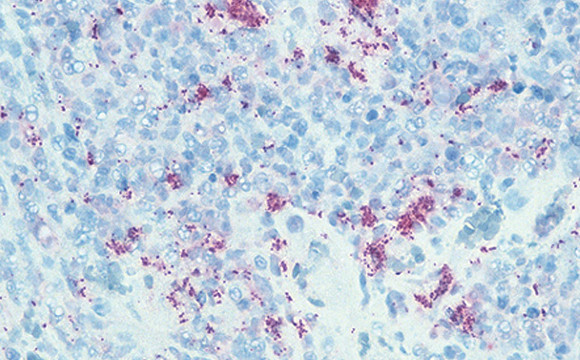Introduction
Bartonella henselae is a bacterium that can cause significant health issues in cats, leading to symptoms such as upper respiratory infections (URIs). This article delves into the journey of diagnosing and treating Bartonella henselae in a shelter cat named Charlie, highlighting the challenges and solutions associated with this condition.
Understanding Bartonella Henselae
Bartonella henselae is a bacterial pathogen responsible for “Cat Scratch Fever” in humans and can cause URIs in cats. It is particularly prevalent in multi-cat environments such as shelters. The bacterium often goes unnoticed because many infected cats are asymptomatic. However, in some cases, it can lead to persistent and severe respiratory issues.
Charlie’s Case: A Detailed Account
Initial Diagnosis and Treatment
Charlie, a seven-month-old tabby from a local Humane Society, presented with severe URI symptoms. Despite multiple antibiotic treatments, including Clavamox and Orbax, Charlie showed no improvement. Diagnostic testing for nasopharyngeal polyps was conducted but yielded no answers.
Discovering Bartonella Henselae
The breakthrough came when a vet considered Bartonella henselae as a potential cause, given Charlie’s shelter background. A blood test confirmed the presence of the bacteria. Charlie was then treated with Zithromax for three weeks. Although immediate results were not evident, Charlie’s symptoms disappeared within 72 hours after completing the treatment.
Diagnosis and Treatment of Bartonella Henselae
Symptoms
- Watery eyes
- Crusty nose
- Severe sneezing
- Thick mucus discharge
Diagnostic Approach
- Initial Vet Visit: Standard antibiotics like Clavamox are typically administered.
- Advanced Antibiotics: If no improvement, stronger antibiotics like Orbax might be tried.
- Diagnostic Testing: If antibiotics fail, tests for other conditions like polyps are conducted.
- Bartonella henselae Testing: Blood tests are crucial for identifying this bacterium.
Treatment Protocol
- Zithromax: A three-week course can effectively treat the infection.
- Observation Period: Post-treatment observation is necessary to confirm the resolution of symptoms.
Preventive Measures and Recommendations
Shelter Management
- Regular screening for Bartonella henselae in shelter cats.
- Improved hygiene and quarantine protocols to minimize the spread of infections.
For Pet Owners
- Prompt veterinary consultation if URI symptoms persist despite standard treatments.
- Awareness of Bartonella henselae as a potential cause of persistent respiratory issues.
Conclusion
Bartonella henselae infections, though relatively uncommon, can cause severe respiratory problems in cats. Timely diagnosis and appropriate treatment are crucial. Increased awareness and better diagnostic practices can prevent prolonged suffering and unnecessary expenses for pet owners.
Tina Camporeale, the author, emphasizes the importance of understanding and recognizing Bartonella henselae to improve the health and well-being of affected cats.
For more detailed information, visit the original article on Cat Place.

